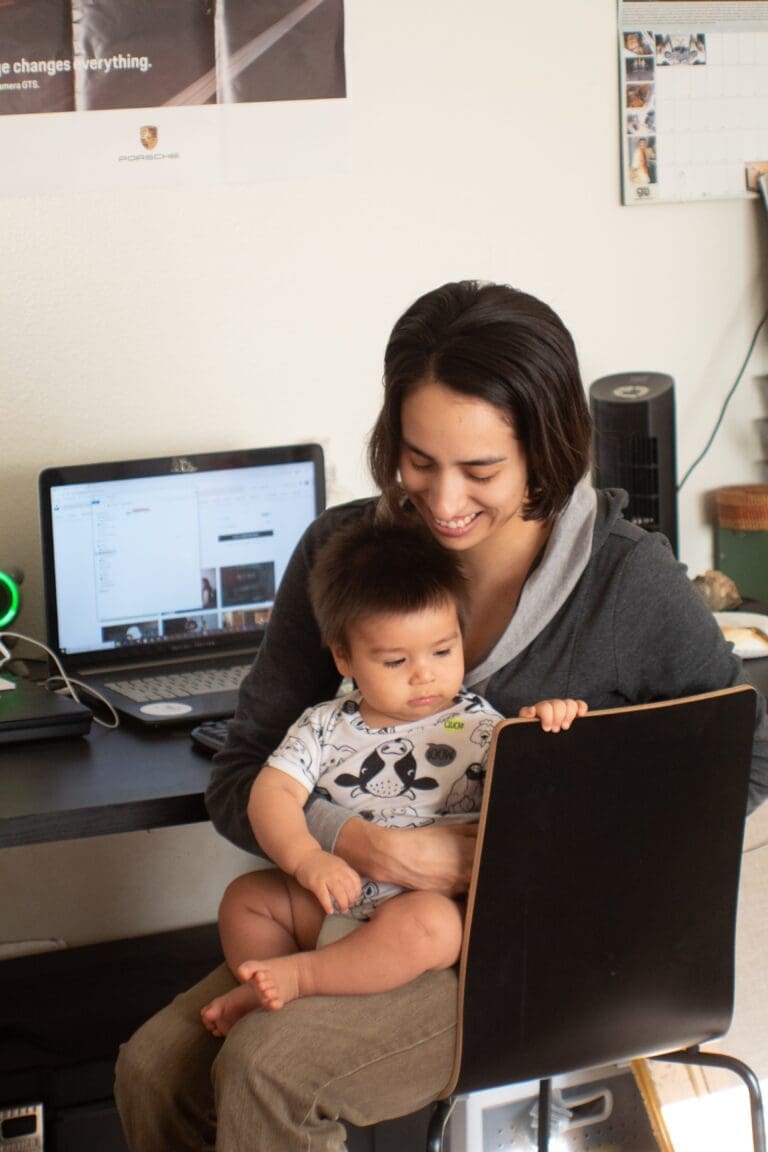Personal Finance Trends Currently Happening in the U.S.

Despite reports from Washington of a booming economy, the reality is a lot of Americans are experiencing financial difficulties. Data from the Financial Industry Regulatory Authority reveals nearly 20 percent of American households outspend their income each year. What’s more, 46 percent of Americans have no emergency savings and 35 percent are making minimum payments on their credit card debt. These are troubling statistics. Let’s take a closer look at these personal finance trends currently happening in the US and see what can be done to reverse them.
Too Many Fail to Budget
A good 25 percent of people in the U.S. do not pay their bills on time. What’s more, 10 percent of Americans have debts in collections. However, much of this could be avoided if people would craft and adhere to spending plans.
“Knowing how much you have coming in compared to how much you’ve committed to spending on things like rent, car payments, insurance, and other bills is key to your financial wellbeing,” says Consumer Financial Education Advocate, Kelley Long. “Making sure you keep enough set aside to at least pay the bills each month, then finding a way to keep the rest of your spending within what’s leftover will help you avoid going into debt.”
Credit Card Usage Is on the Rise
Far too many people are substituting debt for income.
“Credit cards allow people to make large purchases without carrying large amounts of cash. They can also help you track spending and earn rewards,” says Neal Stern, of the Financial Literacy Commission. “However, when you’re unable to pay your balance off in full each month, you’re paying interest charges. And if you’re unable to make the minimum payment, it can result in fees, higher interest rates and a negative impact on your credit score.”
As these Freedom Debt Relief reviews illustrate, seeking professional help is often a good idea if you find yourself in a situation in which you’re struggling to deal with such obligations.
A Lot of People Aren’t Saving for Retirement
It’s all too easy for folks to think they’ll get around to building a retirement fund “someday”. The thing is, “someday” usually never comes. Meanwhile, they may have 401(k) plans at work to which they never contribute — which is tragic because it’s the next best thing to free money.
“Money deposited into your 401(k) account lowers the taxable portion of your salary in the current year,” says National CPA Financial Literacy Commissioner, Michael Eisenberg. “All contributions to your 401(k) grow tax-free – you’ll only pay tax when the money is withdrawn. Plus many employers will match your deposits up to a certain amount.”
In other words, too many people are leaving too much free money on the table.
Emergency Funds Are Lacking
According to data provided by the U.S. Federal Reserve Bank, 40 percent of Americans would be in dire straits if they came up against an unexpected $400 emergency expense.
“Disasters often strike quickly and without warning,” says Margaret Poster of the National CPA Financial Literacy Commission. “It’s best to plan ahead with a ‘rainy day fund.”
Set a reasonable goal for this standalone savings account and start small, automatically depositing a manageable portion of each of your paychecks into it. Most experts agree anywhere from three to six months of your living expenses would be enough to help you deal with the unforeseen.
Understanding personal finance trends happening in the U.S. is a great way to check in with your own habits — and make adjustments as needed. Anything you can do to build up an emergency fund, start saving for retirement as early as possible, stick to a spending plan, and use credit responsibly will help you in the short- and long term.
Similar Posts:
- None Found









